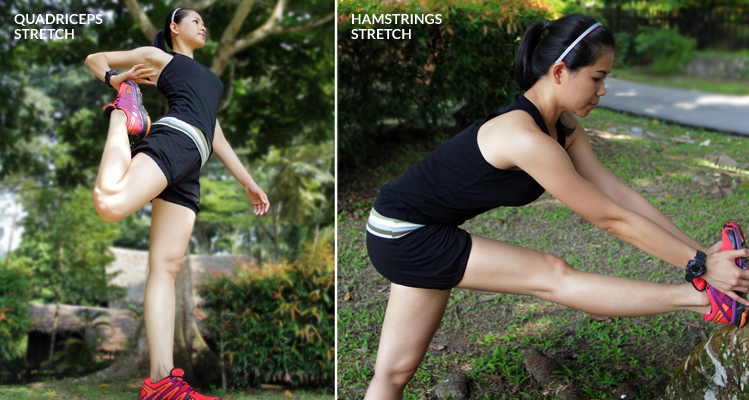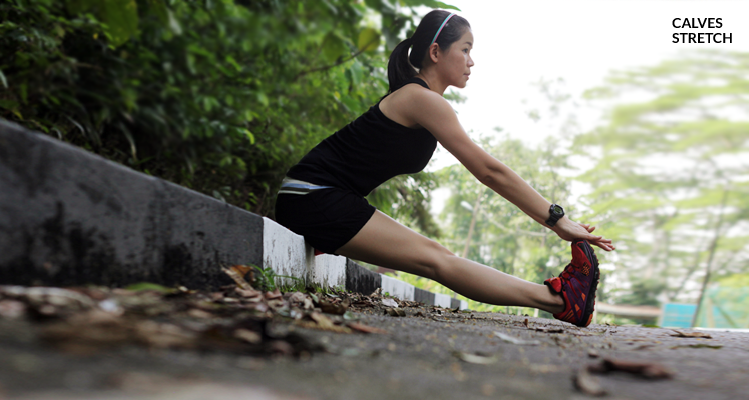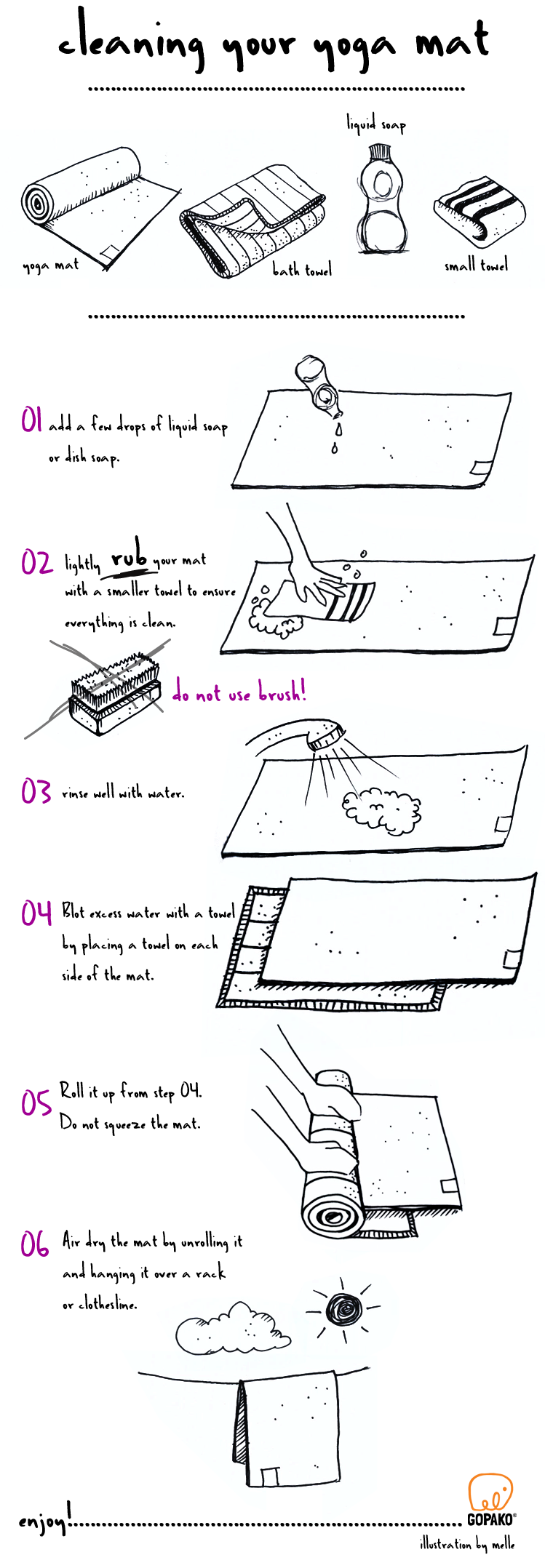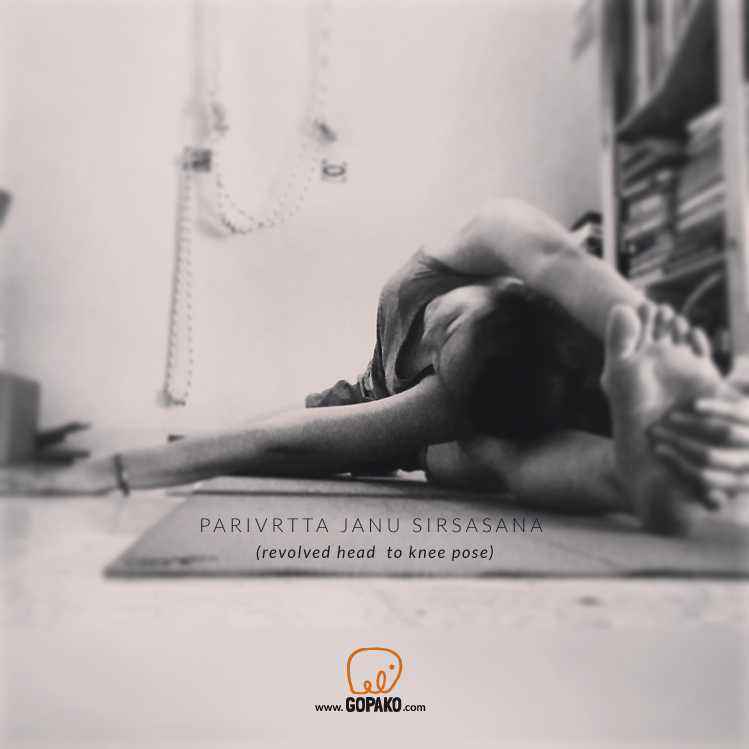No products in the cart.
Stretch Y-O-U-R-S-E-L-F
Running and yoga work together very well. While I am running, I will remind myself of breathing practice (pranayama). It helps keep my pace and run a longer distance steadily. Focusing on the breathing allows my mind to clear. It is a stress-relieving workout.
Stiffness of the body can be due to 3 main causes:
- Muscular tension / muscle bulk.
- Tightness in the tension / ligament.
- Toxic deposits in the joints.
Therefore, stretching is an important component of any fitness routine. The benefits of stretching are:
- Promotes circulation of prana (life force) through all the nadis (energy pathway).
- Provides suppleness and lubricate the areas of body joints and reduce stiffness of the muscles to prevent injuries.
- Enhances the warm-up by stretching the muscles and joints, increase body temperature and heart rates to get your body prepare for your workout.
- Stretching helps loosen up and keep your muscles and joints healthy and preventing tightness after workout.
Here are a few stretches that I will do before and after my run.
Quadriceps Stretch
Stretching the quads is a great way to reduce knee pain and help prevent injuries. It’s important to have strong and flexible quads since these muscles are in control of straightening and lifting your knees for walking, running, biking, kicking and daily activities such as walking from the car park to the office. If the quadriceps get tight, they can pull the kneecap out of position slightly, causing friction at the knee. Try this before and after any sports to reduce risk of injury.
- Stand tall (you can have support by holding a chair or pillar for balance if necessary), keep feet hip-width apart.
- Reach back and pull your heel towards your bottom until you feel a strong stretch on your front thigh.
- Breathe and hold for 10-30 seconds.
- Repeat with opposite leg.
Hamstrings Stretch
Did you know that there is a compensation when you have a lower back pain? When the pain occurs, you might not feel it on the back itself but it will affect somewhere else. I personally experienced a pull on the thigh that last for months because of the lower back pain. That is seriously not good at all. Tight hamstrings can cause lower back problems and lead to pulled muscles. So this is a must for me to do before and even after my run. To improve flexibility, try this:
- Stand with one leg just in front of the other. Place foot on a bench or elevation.
- Bend forward from the hips or bring torso toward leg. Hold and stretch for 10-30 seconds.
- Feel the excellent stretch on the back of your thighs.
- Repeat with opposite leg.
Calf Stretch
Shin pain or shin splint is quite common to me when running because of loose calf muscles. Tightness in the calves can also cause foot pain and knees pain. Be sure and remember to stretch your calves to improve your ability to increase the length of stride.
- Sit with both legs straight. (Sit on a block or elevation to ease the back pressure especially after running).
- Extend you arms in front and slightly bend forward until you reach your toes.
- Flex feet back toward your ankles, toes toward you knees.
- Hold and stretch for 10-30 seconds.
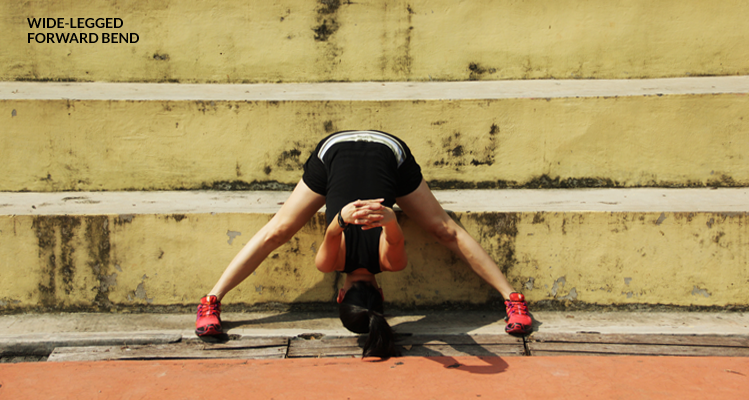
Standing Wide-Legged Forward Bend
This hips opening is one of my favourites. It not only increases the hips flexibility, it also strengthens and stretches the hamstrings and spine. Try this to relieve mild backache.
- Step your feet wide enough according to your capacity. Turn heels slightly out and toes slightly in. (Imagine you are slightly pigeon-toed, but not over doing it).
- Stand tall and interlace your hands at the back.
- Exhale bend forward, straighten your arms and stretch.
- Allow your head to hang down with your spine straight.
- Hold for 10-30 seconds.
- Inhale slowly come up and back to the starting position.
- Exhale, step your feet together.
Keep your knees slightly bent if your hamstrings are tight. For deeper stretch, engage the quadriceps by lifting your kneecaps up. Do not to lock your knees if you are straightening your legs.
Enjoy your run and do take care by spending some time to stretch. Stretch your comfort zone a little further everyday and be proud of yourself. Love and peace, Melle.


